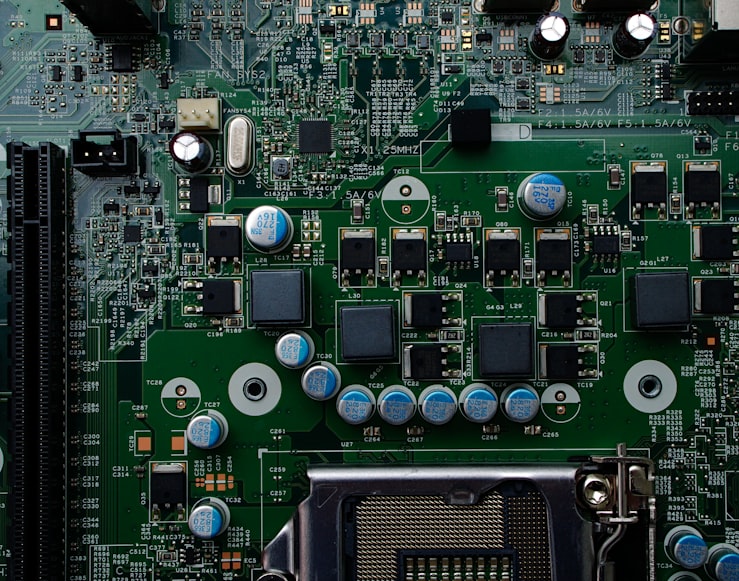The development of industrialized artificial intelligence within a standardized framework is still a challenge for large companies
The difficulty for large entities to adopt AI systems within their activities is today a major issue in all areas of activity. This classic problem comes from the very strong structuring they adopt to optimize their productivity. Described by Mintzberg, this so-called mechanistic form [1] tends to slow down the adoption of risky technologies both at the level of the production tool and at the management level. Risk control then becomes key to enable adoption within production structures, of tools that have been evaluated first in R&D or experimentation structures. The development of artificial intelligence solutions raises the question of their industrialization, as they are today solutions for which design processes vary from one developer to another

Today, any IT tool that is embedded in a system must generally meet two requirements that can be simplified in this way: it must do what it is supposed to do correctly, and it must do it for the right reasons. Two themes can be drawn from these two requirements: on one hand the level of performance (often called robustness) of the system must be assured; on the other hand the system must be sufficiently explainable to be able to control the way it does it.
Therefore the "black box" aspect of machine learning algorithms hinders their industrialization because of their lack of explicability. The fact that at first glance it is not easy to explain how these systems work makes their adoption more complex. How can we be sure that an algorithm is satisfactory enough to be industrialized if we cannot understand how it works?


A standardization framework for AI system development is essential. This can be established through standards giving recommendations on this subject. Today, the lack of harmonization of validation processes is blocking the industrialization of AI. Yet these processes come to demonstrate the proper functioning of an AI system, and assess their level of reliability. So they help to give confidence in this technology. In addition, the validation phase enables us to check that the performance corresponds to that expected in a real environment. In addition, the validation phase must enable the new AI system to meet the regulatory obligations of the sector in which it operates (automotive or aeronautics for example). The lack of a standardized validation framework hinders the establishment of regulatory obligations and therefore the industrialization of trusted AI.
Find all our articles on : https://numalis.com/publications.php
[1]- “"Structure in Fives: Designing Effective Organizations", Henry Mintzberg
[2] - https://medium.com/@Petuum/what-is-industrialized-ai-and-why-is-it-important-42c0ee652113
[3]- https://industrytoday.com/business-challenges-for-industrial-application-of-ai/
[4] - https://towardsdatascience.com/what-i-have-learned-after-building-a-successful-ai-poc-3bd24efea4e2
Written by Arnault Ioualalen & Baptiste Aelbrecht & Léo Limousin
Pictures credits :
Image 1 : Charles Deluvio
Image 2 : Med Badr Chemmaoui
Image 3 : Michael Dziedzic
Image 4 : Michael Dziedzic